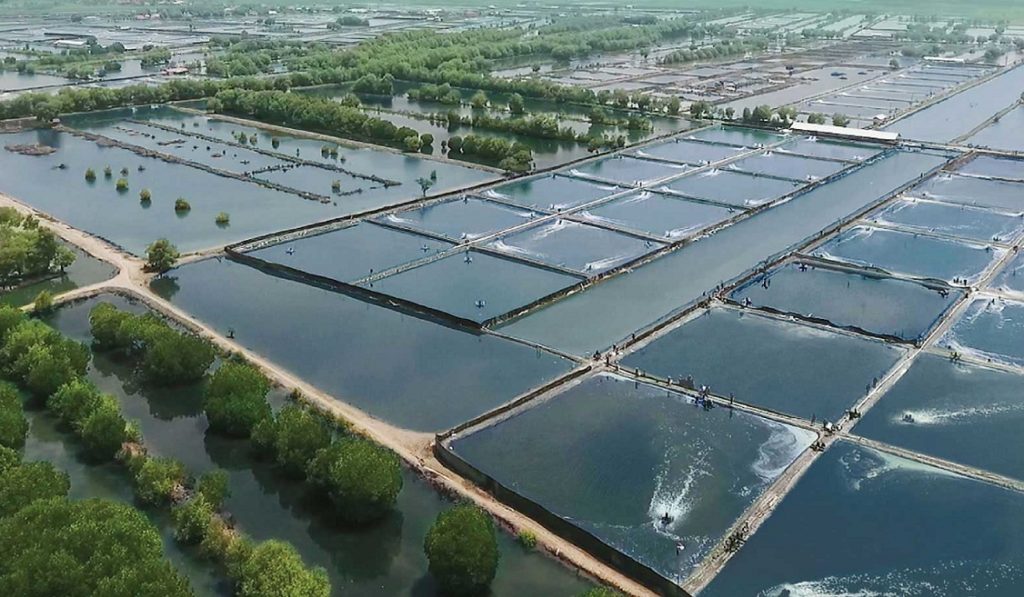We will discuss the advantages, drawbacks, and ideal usage procedures for calcium hypochlorite in this article as it relates to shrimp and catfish aquaculture.
The production of shrimp and catfish has long made use of calcium hypochlorite, sometimes known as chlorine or chlorine powder, a potent disinfectant. This chemical is well recognized for its potent oxidizing abilities and capacity to eradicate a wide range of pathogens, such as bacteria, viruses, and parasites.
Farming of shrimp and catfish introduction
The world's two most widely farmed seafood species are pangasius and shrimp. More than 50% of the world's seafood is produced through the rapidly expanding sector of shrimp farming. However, because there is a greater need for pangasius, cultivation has grown in popularity recently.
Aquatic species are raised in fabricated ponds or tanks as part of the shrimp and pangasius farming industry. The water used to fill these ponds or tanks frequently comes from a local river or lake, and they are made to seem like the natural habitat of these species. To encourage development and preserve health, fish are fed a diet that consists of fishmeal, cereals, and other vitamins.
These agricultural techniques, nevertheless, can also foster the development of dangerous diseases including bacteria, viruses, and parasites. Fish producers may suffer large financial losses as a result of these infections' ability to sicken fish. To stop and limit the spread of these infections in aquaculture systems, it is crucial to take action.
Using calcium hypochlorite in shrimp and catfish production has advantages:
- Broad-spectrum pathogen-effective: Numerous pathogens, including bacteria, viruses, and parasites, are successfully combatted by calcium hypochlorite. On contact, it has the ability to eradicate these viruses, stopping them from dispersing and infecting fish with sickness.
- Compared to other disinfectants now on the market, calcium hypochlorite is the most affordable option.
- Application directly to the water in the aquaculture system is possible using calcium hypochlorite, which is extremely simple to use.
- Calcium hypochlorite has a long shelf life, making it a good option for aquarists.

Calcium hypochlorite has limitations when used improperly in shrimp and catfish aquaculture:
- Calcium hypochlorite is poisonous and can irritate the skin, eyes, and respiratory system in addition to having negative effects on one's health.
- It may destroy aquatic life and taint water sources, which has an adverse effect on the environment.
- Calcium hypochlorite corrodes, harming infrastructure and machinery.
Farmers must to adhere to the recommended practices listed below to guarantee the secure and efficient usage of calcium hypochlorite in aquaculture systems:
- Carefully handle: Because it is hazardous, calcium hypochlorite should be handled with caution. When using this pesticide, farmers should use safety gear, including gloves and goggles.
- Use the proper concentration: Calcium hypochlorite must be applied at the correct concentration to disinfect effectively while not endangering fish or the environment. Concentrations should be established based on the pathogen kind, water quality, and fish growth stage.
- Timely Application: To guarantee greatest efficacy, it should be used after harvest, during pond preparation, or during water changes.
- Mix properly in accordance with the provided instructions.
- Water quality should be frequently tested by farmers to ensure that the calcium hypochlorite levels are appropriate and the water is suitable for fish.
- Correct Disposal: To prevent pollution, farmers should appropriately dispose of any unused calcium hypochlorite into the environment.